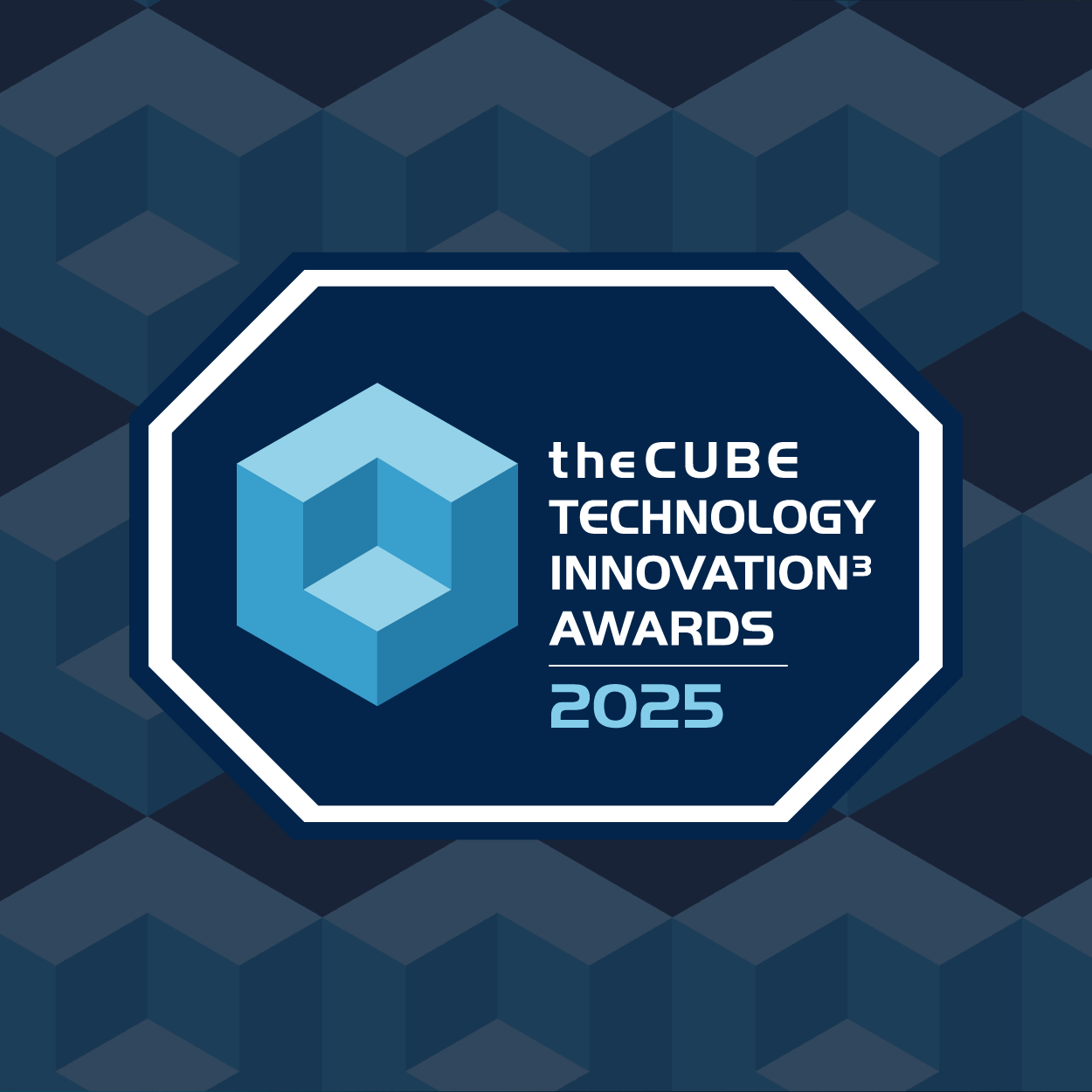VMware CEO details offensive strategy for containers, open source | #vmworld
![]()
![]() Enabling brave, new IT is the bumper sticker theme Pat Gelsinger put on his keynote presentation on Day 1 of VMworld. The VMware, Inc. CEO outlined his new vision for the company, how it fits into the EMC, Corp. federation strategy, and what his offensive moves will be in the coming year to curb encroaching competition from virtualized services like those from Microsoft, Corp.’s Azure and Amazon.com Inc.’s Amazon Web Services (AWS). Joining hosts John Furrier and Dave Vellante on theCUBE during SiliconANGLE’s live coverage of VMware’s annual VMworld conference, Gelsinger recapped his keynote and even commented on hot-button topics like the rise of Docker, Inc., a newcomer that’s pushing the envelope on virtualized tactics with the use of containers.
Enabling brave, new IT is the bumper sticker theme Pat Gelsinger put on his keynote presentation on Day 1 of VMworld. The VMware, Inc. CEO outlined his new vision for the company, how it fits into the EMC, Corp. federation strategy, and what his offensive moves will be in the coming year to curb encroaching competition from virtualized services like those from Microsoft, Corp.’s Azure and Amazon.com Inc.’s Amazon Web Services (AWS). Joining hosts John Furrier and Dave Vellante on theCUBE during SiliconANGLE’s live coverage of VMware’s annual VMworld conference, Gelsinger recapped his keynote and even commented on hot-button topics like the rise of Docker, Inc., a newcomer that’s pushing the envelope on virtualized tactics with the use of containers.
Gelsinger began by outlining what he sees as “brave, new IT,” sharing stories of VMware customers that have become critically important to business. “They’re redefining the entire business infrastructure,” Gelsinger said, calling out the IT guy as the most qualified to manage the transformation.
More choices for VMware users: OpenStack & containers
To that end, one of VMware’s most significant announcements today was what Gelsinger called a “choice” announcement, as the company now supports OpenStack APIs and containerization, extending more choices to customers. To some, including Furrier, VMware’s support of container technology is a bit surprising given the company’s stance on containers only last year. Furrier recalled an interview with Gelsinger from VMworld 2013 where the discussion around containers fell flat. “What’s changed?” Furrier prodded.
“It’s still very early,” Gelsinger warned. “In the hype cycle curve, we’re way up and we’ll probably go through the valley of despair. But there’s an emerging set using containers. If that’s how users want to deliver apps, we’re going to embrace and enable that as well.”
Gelsinger went on to detail how VMware’s support of containers quickly came about, leveraging relationships with Google, Inc. and Docker, among others. For Vmware, scalability is key to its use of containers, the end goal being to enable IT to satisfy the business guys. According to Gelsinger, VMware’s enterprise-ready container offering for virtual machines (VMs) is lighter and more efficient than a Linux implementation of Docker, hinting that we’ll see more container offerings with the next major release of vSphere.
Read more after the video.
Prepping popular technology like containers for the enterprise remains central to VMware’s vision. From Gelsinger’s perspective, his company has earned the right to a seat at the table with the CIO, “enabling programmable, flexible, scalable solutions so IT can worry about the application services and enabling business models.”
“We’re viewing this as the potential for a very scalable model, for those that have unique governed assets,” Gelsinger went on. “We’re building the stack, building the software layer to operationalize a 24/7 service with a hybrid model. Not a race to the bottom with the Amazons and Googles, but to enable rich, enterprise-class services on top of the services we do.”
Gelsinger’s offensive strategy for VMware
Gelsinger’s explanation prompted more detailed questions from theCUBE hosts regarding just how far up the stack VMware wants to go, addressing a question discussed earlier by Wikibon.org analysts on whether or not VMware is moving into the hardware business with its revamped vision.
The answer is no, Gelsinger said, going on to detail VMware’s offensive strategy for maintaining a leadership position in the virtualization market. The datacenters will not be built by VMware but will be achieved through co-location set ups, for which VMware receives a recurring revenue stream. Gelsinger also noted that the application is where VMware draws the line in its journey up the stack, sticking to enterprise services.
“We’re absolutely playing offense,” said Gelsinger. “We’re transforming networking and the entire datacenter operation, delivering the first truly hybrid cloud, enabling secure, managed environments on those devices. Some things I think we should’ve done sooner, like public cloud. The moves we’ve taken on OpenStack I think were pretty well-timed. Containers, I think we’re ahead in the enterprise.”
“Organic innovation and inorganic innovation – we’re playing both. We will use open source every place we can to accelerate offerings to customers,” Gelsinger concluded.
A message from John Furrier, co-founder of SiliconANGLE:
Your vote of support is important to us and it helps us keep the content FREE.
One click below supports our mission to provide free, deep, and relevant content.
Join our community on YouTube
Join the community that includes more than 15,000 #CubeAlumni experts, including Amazon.com CEO Andy Jassy, Dell Technologies founder and CEO Michael Dell, Intel CEO Pat Gelsinger, and many more luminaries and experts.
THANK YOU









